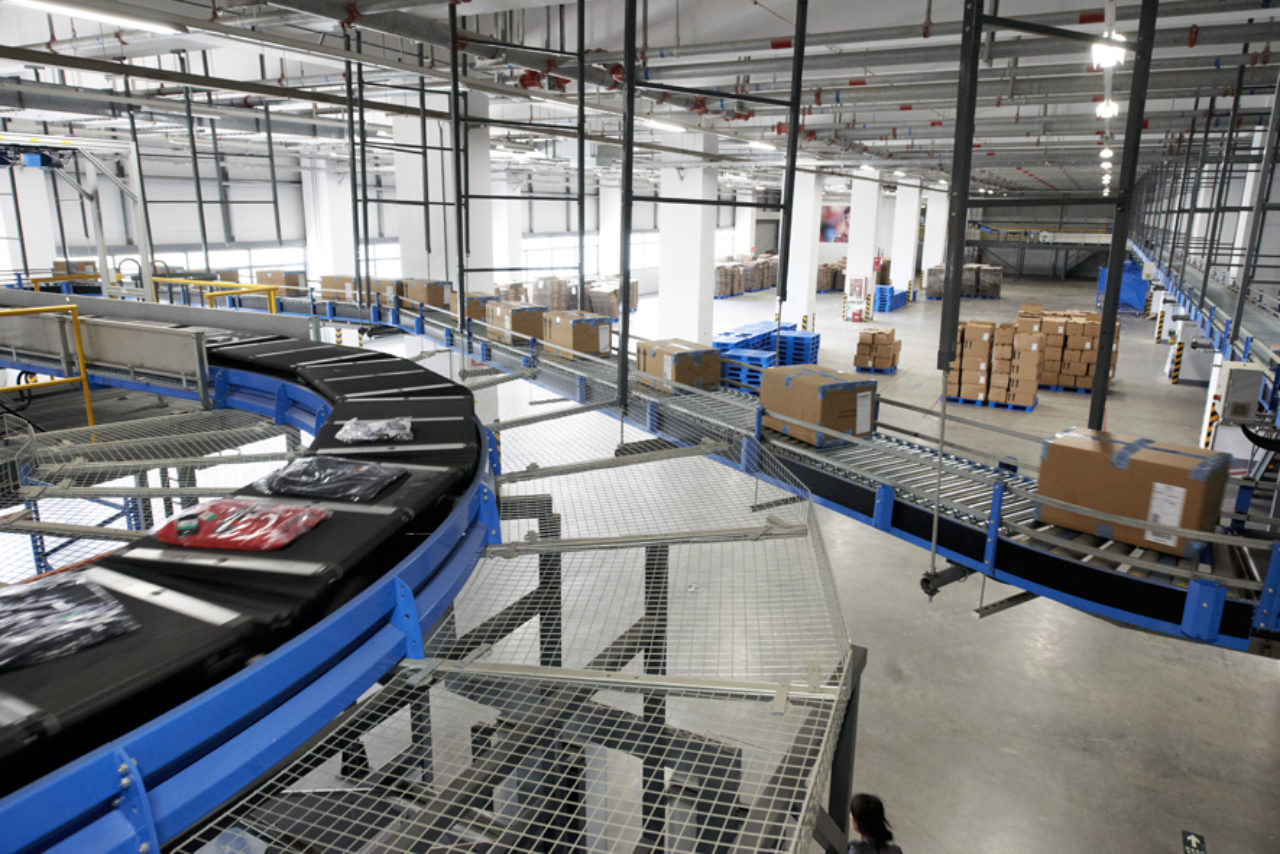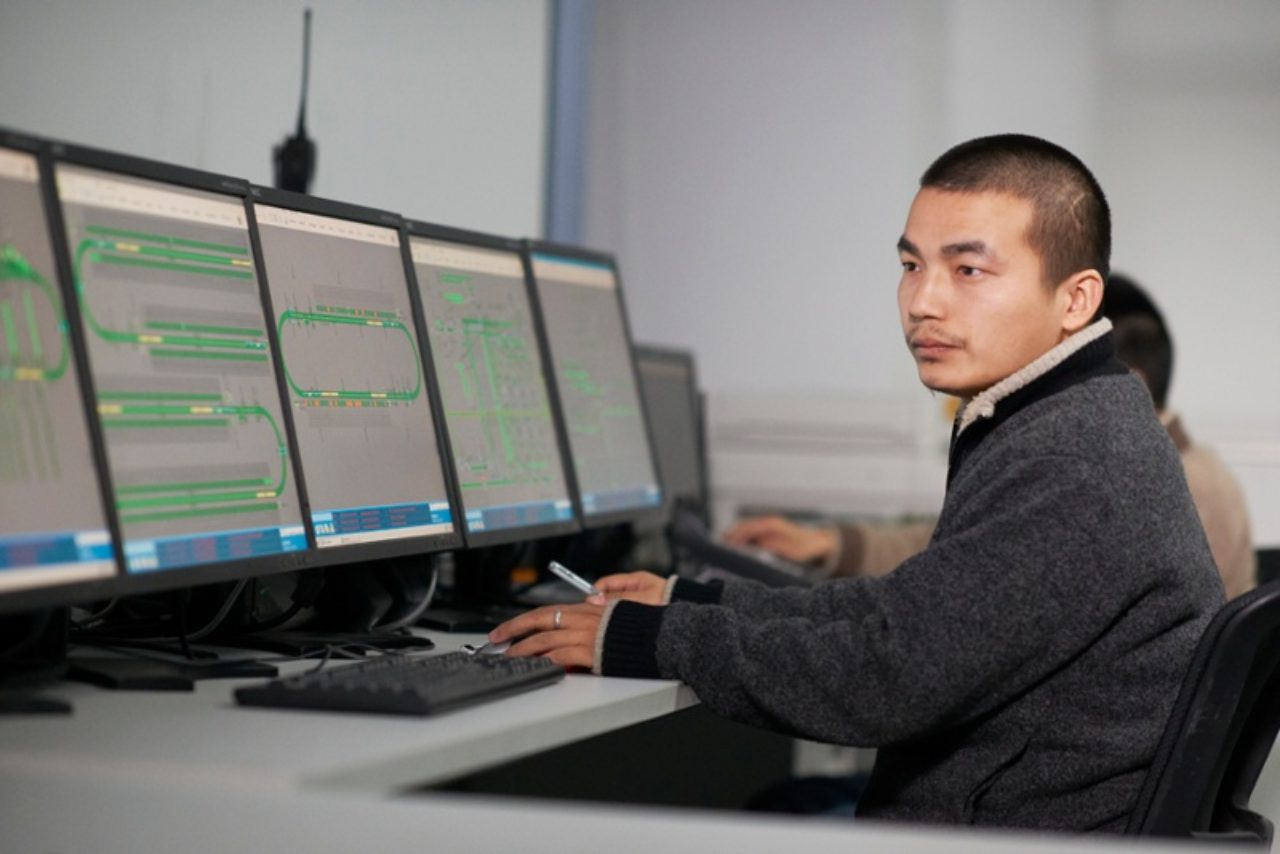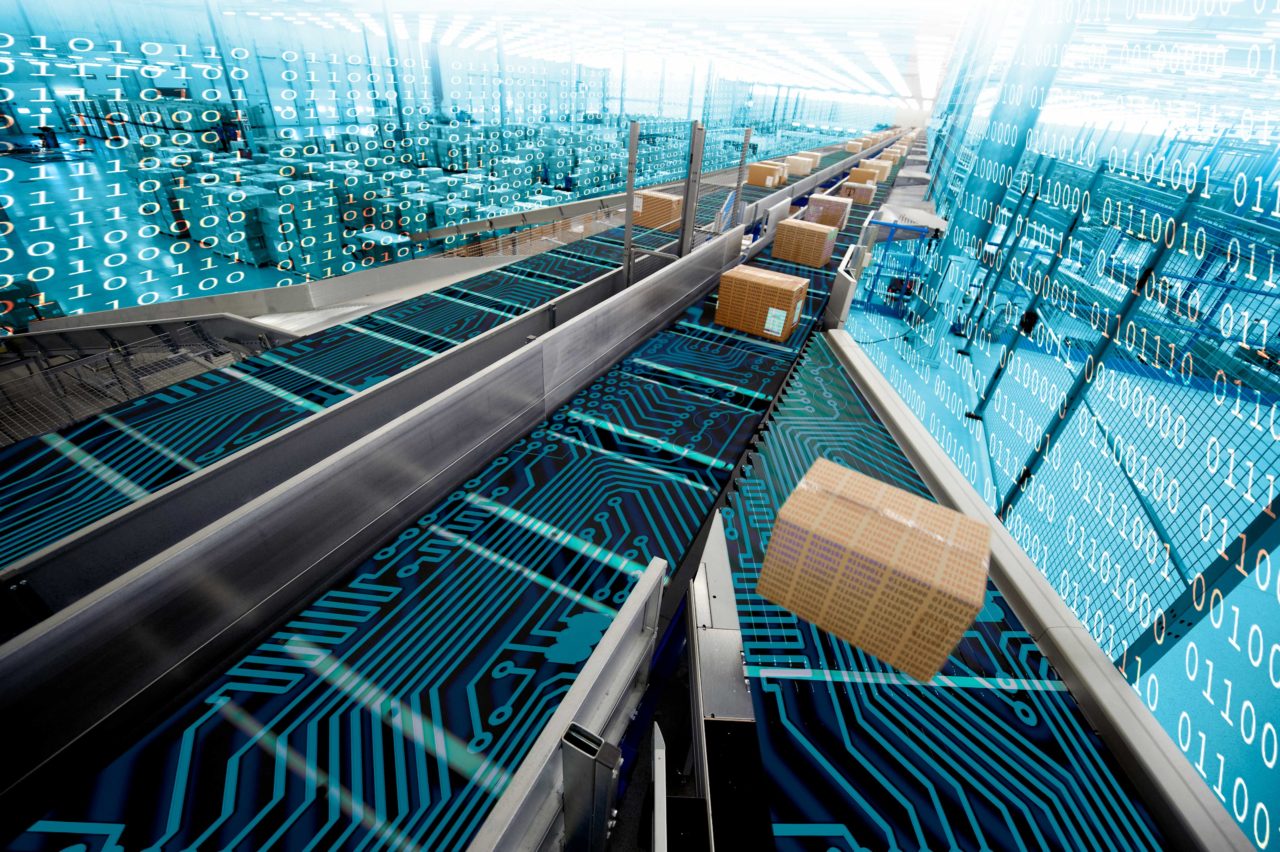How fashion fulfilment operations can strengthen their position in the global marketplace
An increasing number of global trade management (GTM) vendors are stepping up to help logistics operators manage the complexities of global trade.

An increasing number of global trade management (GTM) vendors are stepping up to help logistics operators manage the complexities of global trade.
By BEUMER Group
By embedding artificial intelligence (AI), machine learning (ML), and other advanced technologies into their GTM platforms, software developers are helping companies be more predictive about global trade activities, better understand the evolving environment, and move away from using spreadsheets, e-mails and phone calls to handle transactions and agreements across their commercial trade partners.
GTM providers are constantly tweaking their software to help fashion distributors eliminate manual sequences from their processes, analyse different scenarios and get answers faster.
Global Trade Management (GTM) solutions streamline and automate processes related to customs and regulatory compliance, global logistics, and trade financing.

By streamlining and automating key processes, GTM platform makers have strengthened their positions in a global trade environment that becomes more complex and confusing every day.
Software that incorporates predictive analytics, real-time data, AI, ML, and other advanced technologies is in particularly high demand right now.
Shippers also need help tackling global trade complexities that require a high level of both attention and analysis. Things like product classifications, simulation of landed costs, evaluation of free trade agreements, documentation, and requirements management.
From warehouse and supply management to shipping, monitoring, and customer service, GTM software has become a must-have for modern businesses seeking an edge over their competitors.
With the pace of change and disruptive events in global trade highlighting the need for technology that helps increase resiliency, agility, and compliance in supply chain operations, fashion warehouses are turning to their software providers for help.

Machine learning tools enable intelligent decisions, and can even spot potential problems so they can be remedied even before they can create disruption.
The platforms continually receive data from multiple sources. Once reviewed, that data helps companies build out better prediction models.
It is estimated that by 2023, at least 50% of large, global companies will be using ML-enabled GTM platforms.
ML tools can also bridge staffing gaps, making teams more resistant and less vulnerable to situations that require changes in personnel, leaving companies in better positions to allocate staff to fit their operations.
Through this high-level digitalisation, centres can continue to run smoothly, and they will have the ability to build better schedules and streamline their teams.
The capacity for this predictive and prescriptive analysis is made possible through ML algorithms, and with the quality of data improving all the time, the capabilities for optimising operations will forever keep improving.

It is predicted that blockchain technology will play an increasing role in global trade in the future.
A blockchain is essentially a digital ledger of transactions that is duplicated and distributed across the entire network of computer systems on the blockchain. The decentralised database managed by multiple participants is known as Distributed Ledger Technology (DLT). This means if one block in one chain was changed, it would be immediately apparent it had been tampered with. If hackers wanted to corrupt a blockchain system, they would have to change every block in the chain, across all of the distributed versions of the chain.
Blockchains such as Bitcoin and Ethereum are constantly and continually growing as blocks are being added to the chain, which significantly adds to the security of the ledger.
Regardless of its potential, it will take some time before blockchain technology becomes the industry standard.
In August 2020, McKinsey noted that blockchain is still an immature technology, with a fledgling market where a clear recipe for success has yet to emerge.
As BEUMER Group’s data expert, Anders Lildballe notes, blockchain adoption in the industry is virtually non-existent.
Even so, Lildballe believes that blockchain has potentially game-changing benefits for leaner, faster and more transparent operations.
The core advantages of blockchain are:
(Source: McKinsey)
While precise use cases of blockchain in the sector have yet to be seen, there is no doubt blockchain technology will change how fashion fulfilment centres do business in the future. The technology is likely to optimise many processes, providing cheaper, faster, and easier ways to collaborate and share data. And professionals are going to want to leverage its key unchangeable and trustworthy attributes in the future.
Fashion logistics companies in today’s global market simply must adapt to an increasingly complex and ever-changing reality. It’s important that supply chain managers find smarter ways of managing their operations. Global trade management technology can reduce touches and other manual sequences, refining processes and significantly reducing costs. Fashion distribution facilities using the right tools run smarter, faster and have a clear edge over their competitors. The experience and skills of a knowledge partner can help a logistics centre identify its needs and design a system that is future-proof.